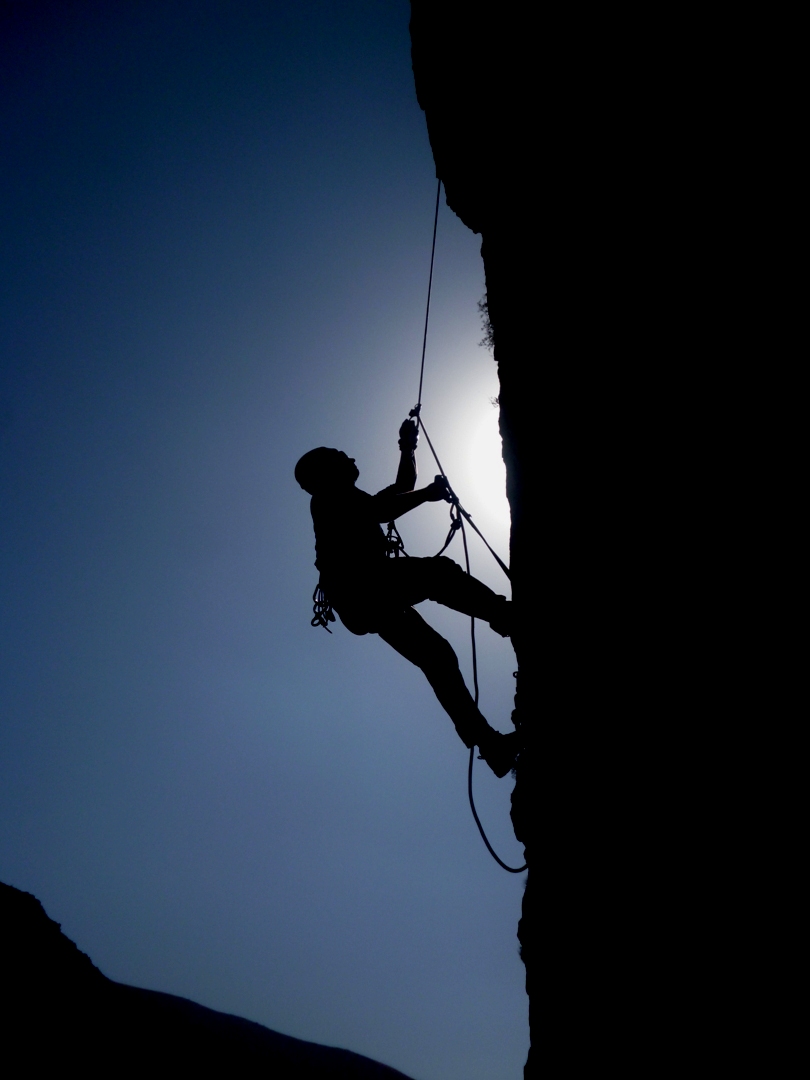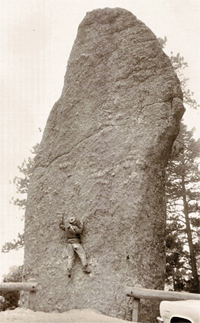|
Kyloe
Kyloe is a civil parish in the county of Northumberland, about south-east of Berwick-upon-Tweed. According to the parish council, the main centres of population are Fenwick, Beal, and Berrington (in the western "panhandle" of the parish). The grade-II-listed former Church of St Nicholas in Kyloe was built in the 18th century, replacing a medieval building, and is now a private house. At East Kyloe, the ruins of a late 14th- or early 15th-century medieval tower house known as Kyloe Tower now form part of a complex of farm buildings. The nearby woodland area is a famous area for rock climbing and bouldering. Known locally as 'Kyloe-In-The-Woods' or simply 'The Woods', the crags are home to some of the toughest climbs in the UK. Notable people *William Wilson Allen William Wilson Allen, VC ( – 12 March 1890) was an English recipient of the Victoria Cross (VC) for his actions at the Battle of Rorke's Drift in January 1879, the highest and most prestigious a ... [...More Info...] [...Related Items...] OR: [Wikipedia] [Google] [Baidu] |
Fenwick, Kyloe
Fenwick is a small hamlet in the civil parish of Kyloe near Berwick-upon-Tweed Berwick-upon-Tweed (), sometimes known as Berwick-on-Tweed or simply Berwick, is a town and civil parish in Northumberland, England, south of the Anglo-Scottish border, and the northernmost town in England. The 2011 United Kingdom census recor ... and has a population of approx 400. Fenwick lies only three miles from Holy Island, Lindisfarne and the world-famous heritage coastline. Fenwick lies alongside St Cuthberts Way, on which the monk St Cuthbert made his passage through Fenwick to the Holy Island. Fenwick's location meant it saw its fair share of skirmishes during the border raids from Scots. References External links Villages in Northumberland {{Northumberland-geo-stub ... [...More Info...] [...Related Items...] OR: [Wikipedia] [Google] [Baidu] |
William Wilson Allen
William Wilson Allen, VC ( – 12 March 1890) was an English recipient of the Victoria Cross (VC) for his actions at the Battle of Rorke's Drift in January 1879, the highest and most prestigious award for valour in the face of the enemy that can be awarded to British and Commonwealth forces. Military career Allen had joined the 24th Regiment at Aldershot in 1859. He was about 35 years old, a sergeant who had recently been reduced in rank to corporal for being drunk on duty. He was in the 2nd Battalion, 24th Regiment of Foot (later The South Wales Borderers), British Army during the Zulu War when the following deed took place for which he was awarded the Victoria Cross for gallantry in action. On 22 and 23 January 1879 at Rorke's Drift, Natal, South Africa, Corporal Allen and another man (Frederick Hitch) kept communication with the hospital open, despite being severely wounded. Their determined conduct enabled the patients to be withdrawn from the hospital, and when incapacita ... [...More Info...] [...Related Items...] OR: [Wikipedia] [Google] [Baidu] |
Northumberland
Northumberland () is a county in Northern England, one of two counties in England which border with Scotland. Notable landmarks in the county include Alnwick Castle, Bamburgh Castle, Hadrian's Wall and Hexham Abbey. It is bordered by land on three sides; by the Scottish Borders region to the north, County Durham and Tyne and Wear to the south, and Cumbria to the west. The fourth side is the North Sea, with a stretch of coastline to the east. A predominantly rural county with a landscape of moorland and farmland, a large area is part of Northumberland National Park. The area has been the site of a number of historic battles with Scotland. Name The name of Northumberland is recorded as ''norð hẏmbra land'' in the Anglo-Saxon Chronicle, meaning "the land north of the Humber". The name of the kingdom of ''Northumbria'' derives from the Old English meaning "the people or province north of the Humber", as opposed to the people south of the Humber Estuary. History ... [...More Info...] [...Related Items...] OR: [Wikipedia] [Google] [Baidu] |
Berrington, Northumberland
Berrington is a village in Northumberland, in England. It is situated to the south of Berwick-upon-Tweed, inland from the North Sea coast. Governance Berrington is in the parliamentary constituency of Berwick-upon-Tweed. Landmarks The Devil's Causeway passes the eastern edge of the settlement. The causeway is a Roman road which starts at Port Gate on Hadrian's Wall, north of Corbridge, and extends northwards across Northumberland to the mouth of the River Tweed at Berwick-upon-Tweed Berwick-upon-Tweed (), sometimes known as Berwick-on-Tweed or simply Berwick, is a town and civil parish in Northumberland, England, south of the Anglo-Scottish border, and the northernmost town in England. The 2011 United Kingdom census reco .... Villages in Northumberland {{Northumberland-geo-stub ... [...More Info...] [...Related Items...] OR: [Wikipedia] [Google] [Baidu] |
Berwick-upon-Tweed (UK Parliament Constituency)
Berwick-upon-Tweed () is a parliamentary constituency in Northumberland represented in the House of Commons of the UK Parliament since 2015 by Anne-Marie Trevelyan, a Conservative. It was a parliamentary borough in the county of Northumberland of the House of Commons of England from 1512 to 1706, then of the House of Commons of Great Britain from 1707 to 1800 and of the House of Commons of the United Kingdom from 1801 to 1885. It returned two Members of Parliament (MPs), elected by the bloc vote system. It has been a county constituency since 1885, electing one MP under the first-past-the-post system. Profile The constituency of Berwick-upon-Tweed is in the county of Northumberland. It includes as its northernmost point the town of Berwick-upon-Tweed and stretches south to include the towns of Alnwick and Amble — the Northumberland coast forms its long eastern boundary. Its length is roughly 50 miles (80 km) and its area is 2,310 square kilometres. Predominantly r ... [...More Info...] [...Related Items...] OR: [Wikipedia] [Google] [Baidu] |
Civil Parish
In England, a civil parish is a type of administrative parish used for local government. It is a territorial designation which is the lowest tier of local government below districts and counties, or their combined form, the unitary authority. Civil parishes can trace their origin to the ancient system of ecclesiastical parishes, which historically played a role in both secular and religious administration. Civil and religious parishes were formally differentiated in the 19th century and are now entirely separate. Civil parishes in their modern form came into being through the Local Government Act 1894, which established elected parish councils to take on the secular functions of the parish vestry. A civil parish can range in size from a sparsely populated rural area with fewer than a hundred inhabitants, to a large town with a population in the tens of thousands. This scope is similar to that of municipalities in Continental Europe, such as the communes of France. However, ... [...More Info...] [...Related Items...] OR: [Wikipedia] [Google] [Baidu] |
Berwick-upon-Tweed
Berwick-upon-Tweed (), sometimes known as Berwick-on-Tweed or simply Berwick, is a town and civil parish in Northumberland, England, south of the Anglo-Scottish border, and the northernmost town in England. The 2011 United Kingdom census recorded Berwick's population as 12,043. The town is at the mouth of the River Tweed on the east coast, south east of Edinburgh, north of Newcastle upon Tyne, and north of London. Uniquely for England, the town is slightly further north than Denmark's capital Copenhagen and the southern tip of Sweden further east of the North Sea, which Berwick borders. Berwick was founded as an Anglo-Saxon settlement in the Kingdom of Northumbria, which was annexed by England in the 10th century. A civil parish and town council were formed in 2008 comprising the communities of Berwick, Spittal and Tweedmouth. It is the northernmost civil parish in England. The area was for more than 400 years central to historic border wars between the Kingdoms of Engla ... [...More Info...] [...Related Items...] OR: [Wikipedia] [Google] [Baidu] |
Beal, Northumberland
Beal is a village in Northumberland, in England. It is situated a short distance inland from the North Sea coast, and lies on the link road between the A1 and Lindisfarne. The East Coast Main Line runs to the west of the village but the station was closed in the 1960s. The station site has been landscaped and includes a Peckett 0-4-0ST steam locomotive and an ex- North Eastern Railway cast metal warning sign. History The place-name ''Beal'' derives from the Old English 'beo-hyll', which means 'bee hill'. Governance Beal is in the parliamentary constituency of Berwick-upon-Tweed Berwick-upon-Tweed (), sometimes known as Berwick-on-Tweed or simply Berwick, is a town and civil parish in Northumberland, England, south of the Anglo-Scottish border, and the northernmost town in England. The 2011 United Kingdom census reco .... Economy The area is largely agricultural in outlook. There is a pub at Beal situated on the main road called The Lindisfarne Inn. It re-ope ... [...More Info...] [...Related Items...] OR: [Wikipedia] [Google] [Baidu] |
Rock Climbing
Rock climbing is a sport in which participants climb up, across, or down natural rock formations. The goal is to reach the summit of a formation or the endpoint of a usually pre-defined route without falling. Rock climbing is a physically and mentally demanding sport, one that often tests a climber's strength, endurance, agility and balance along with mental control. Knowledge of proper climbing techniques and the use of specialized climbing equipment is crucial for the safe completion of routes. Because of the wide range and variety of rock formations around the world, rock climbing has been separated into several different styles and sub-disciplines, such as scrambling, bouldering, sport climbing, and trad (traditional) climbing another activity involving the scaling of hills and similar formations, differentiated by the rock climber's sustained use of hands to support their body weight as well as to provide balance. Rock climbing competitions have the objectives of either ... [...More Info...] [...Related Items...] OR: [Wikipedia] [Google] [Baidu] |
Bouldering
Bouldering is a form of free climbing that is performed on small rock formations or artificial rock walls without the use of ropes or harnesses. While bouldering can be done without any equipment, most climbers use climbing shoes to help secure footholds, chalk to keep their hands dry and to provide a firmer grip, and bouldering mats to prevent injuries from falls. Unlike free solo climbing, which is also performed without ropes, bouldering problems (the sequence of moves that a climber performs to complete the climb) are usually less than tall. Traverses, which are a form of boulder problem, require the climber to climb horizontally from one end to another. Artificial climbing walls allow boulderers to climb indoors in areas without natural boulders. In addition, bouldering competitions take place in both indoor and outdoor settings. The sport was originally a method of training for roped climbs and mountaineering, so climbers could practice specific moves at a safe dist ... [...More Info...] [...Related Items...] OR: [Wikipedia] [Google] [Baidu] |




